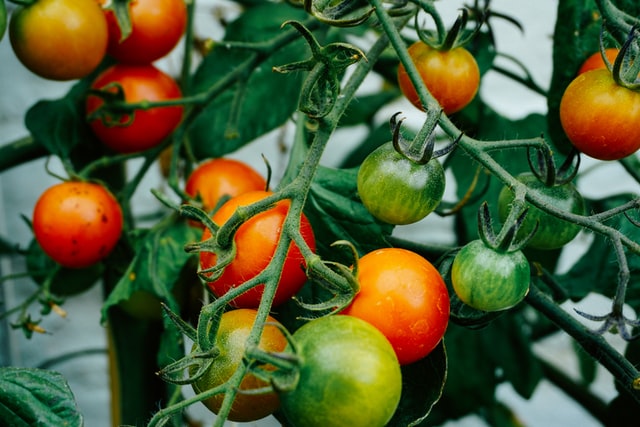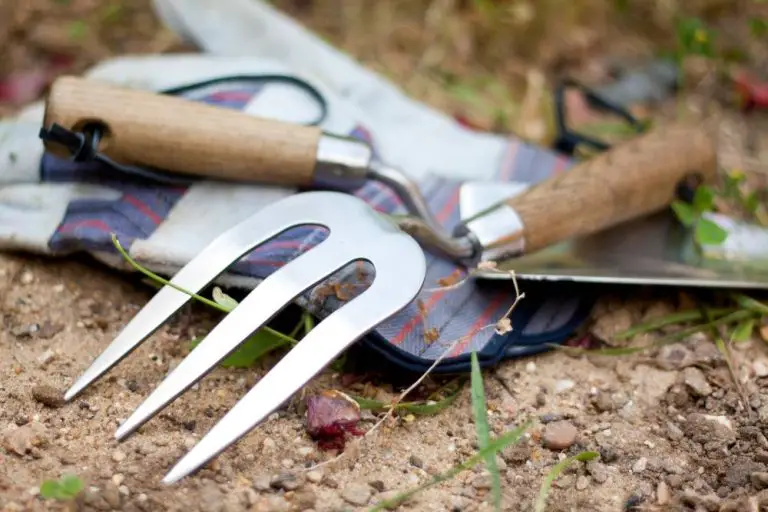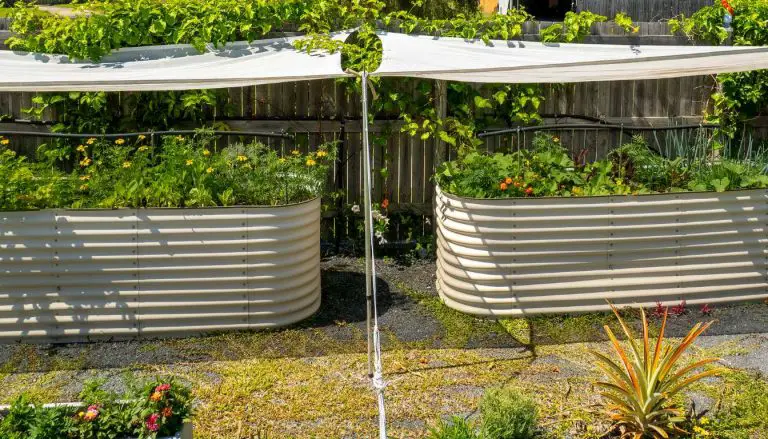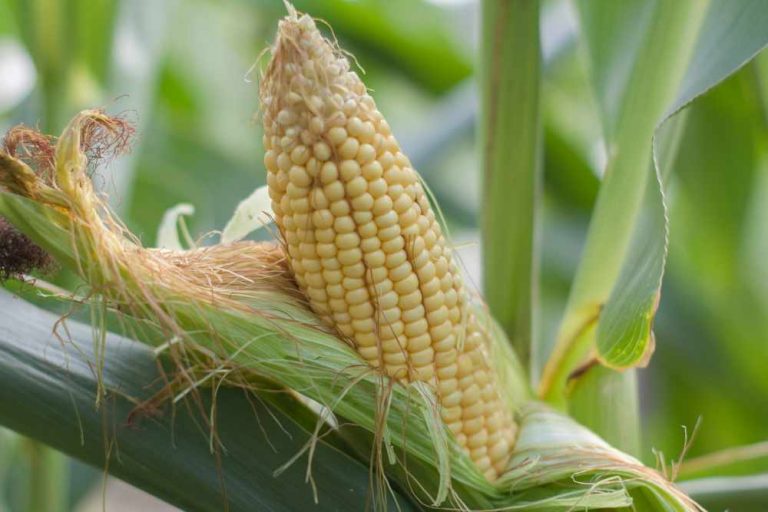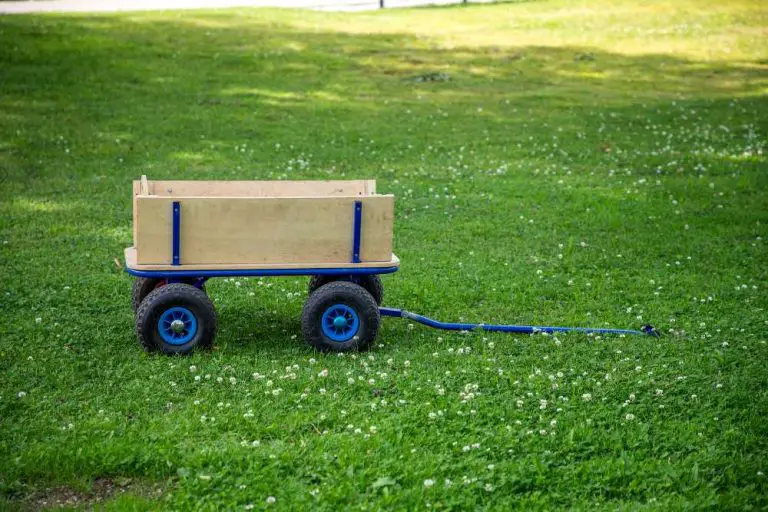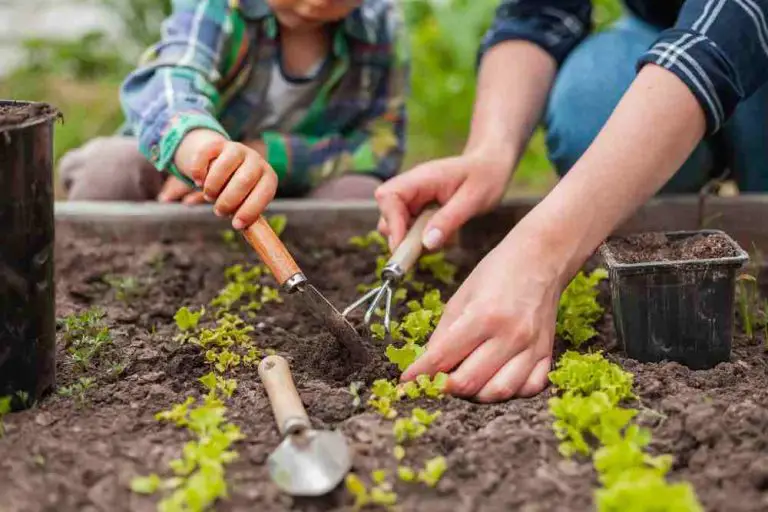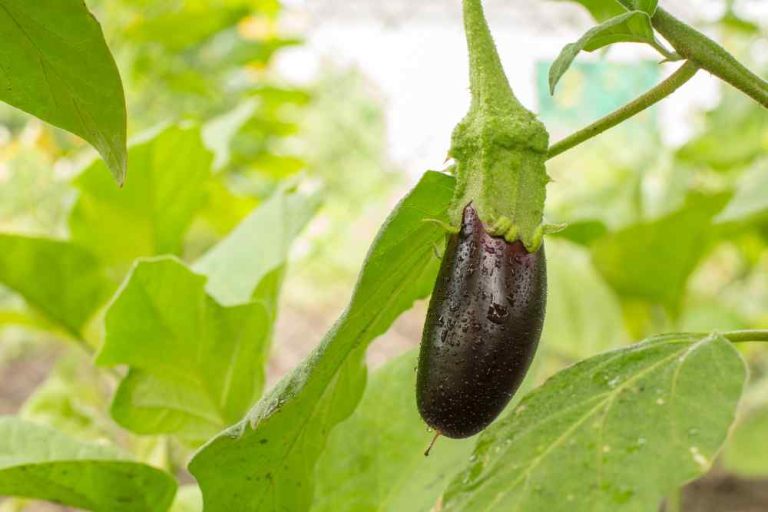Mastering the Art of Growing Tomatoes: Essential Tips for a Bountiful Harvest
Tomato is one of the most popular crops among home gardeners. A perennial plant originated in western South America. Not only are tomatoes delicious and versatile. Tomatoes are also relatively easy to grow and return high value for the space they occupy.
Store-bought tomatoes can not compare with the flavor of a vine-ripened tomato picked from the garden at its peak of ripeness. Importance as food, also tomato has been bred to improve productivity, fruit quality, and resistance to biotic and abiotic stresses. Tomatoes contain high vitamins A and C and lycopene.
Tomatoes can be planted both in the field and in containers. For growing tomatoes, they require a well-drained, fertile growing medium. If tomatoes are grown in-ground, they should be grown in a nursery first before transplanting to the field. The trick to growing tomatoes is to choose the best varieties, start planting right, and control problems before they happen.
Tomato seeds must be obtained from a reputable source. They must not have expired or near expiry dates because expired seeds may not germinate. Even though expired seeds germinate, they may produce weak plants which may not produce the best fruits or high yields.
Growing Tomatoes For Beginners
This tomato growing guide will provide information for you from planting to harvesting.
Container preparation
Where space is limited or conditions are unsuitable for tomato culture, tomatoes may be grown in containers. If plants are grown in containers, use a container at least 18 inches by 16 inches and 12 inches deep. However, any large container is good as long as it provides adequate drainage for plants. It’s recommended to plant one tomato plant per four or five-gallon container.
If you are growing containerized tomatoes in an artificial potting mix, then do not use regular garden topsoil or homemade compost. Since container-grown tomato plants have no access to the deep soil reservoir of water and nutrients, you need to pay special attention to water and fertilizer needs; Most containerized tomato varieties require a stake, trellis, or other support.
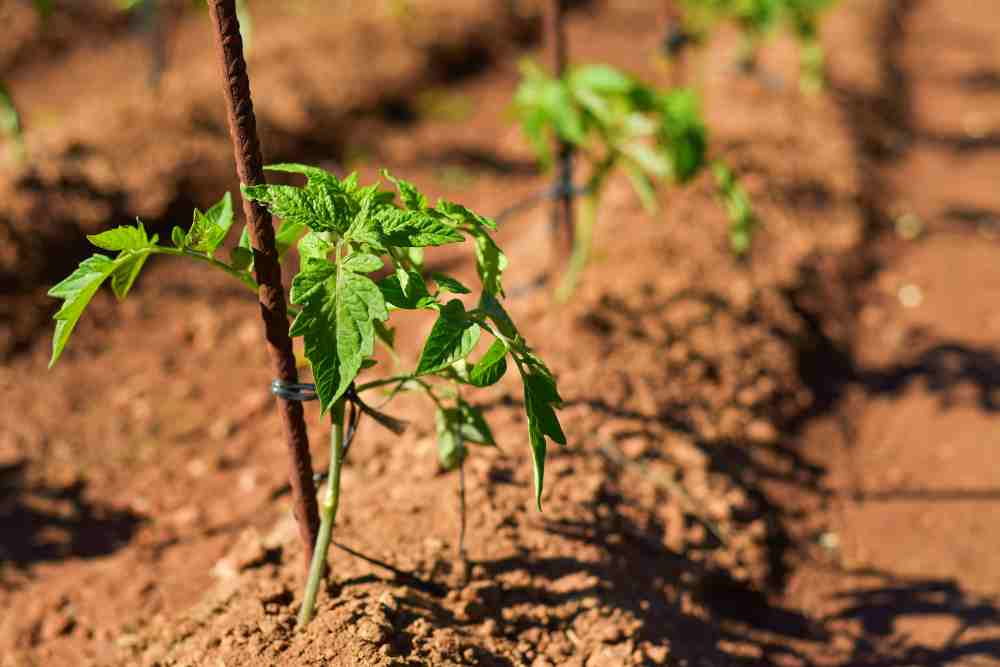
Land preparation
When choosing a nursery site, you should consider the following points.
- Choose a site far away from any tomato-related crops to reduce disease and pest transfer risk.
- Select a site that had not grown tomatoes or any tomato-related crop for the past three seasons in order to avoid disease and pest attacks.
- Select a site with full sunlight.
- Select a site that is saturated with medium to light textured soils that are deep and fertile.
- Select a site with well-drained subsoil to reduce waterlogging.
- Select a site that is closer to a permanent water source.
- Choose a secure land preferably closer to home.
Seedbed Preparation
Before preparing the seedbed, the soil should be sterilized to kill pests and diseases. Sterilize soils by burning stalks inside the seedbed before planting. This will reduce the nematodes and other soil-borne diseases of tomatoes. Plough the area first. Then dig the area and finally thoroughly level the area. Make ridges because that water won’t flow out when watering. You can add manure or fertilizer. Mix manure with topsoil. Water the bed.
- Seed sowing
- Mark furrows 1 cm deep and plant tomato seeds every 4 cm in the row. About 7 to 10 cm distance should be left between rows and cover the seed with fine sand.
- Watering
- Water the nursery twice a day, Lightly for the first week in the morning and afternoon. To harden the seedlings before transplanting, watering should be done once a day in the second week and once every two days in the third week until transplanting.
- Mulching
- Cover the prepared seedbed with grass to retain water. Mulching prevents the excessive burning of seeds by the sun after seed-sowing.
- Weeding:
- You must pluck out weeds in the nursery bed by hand.
Transplanting
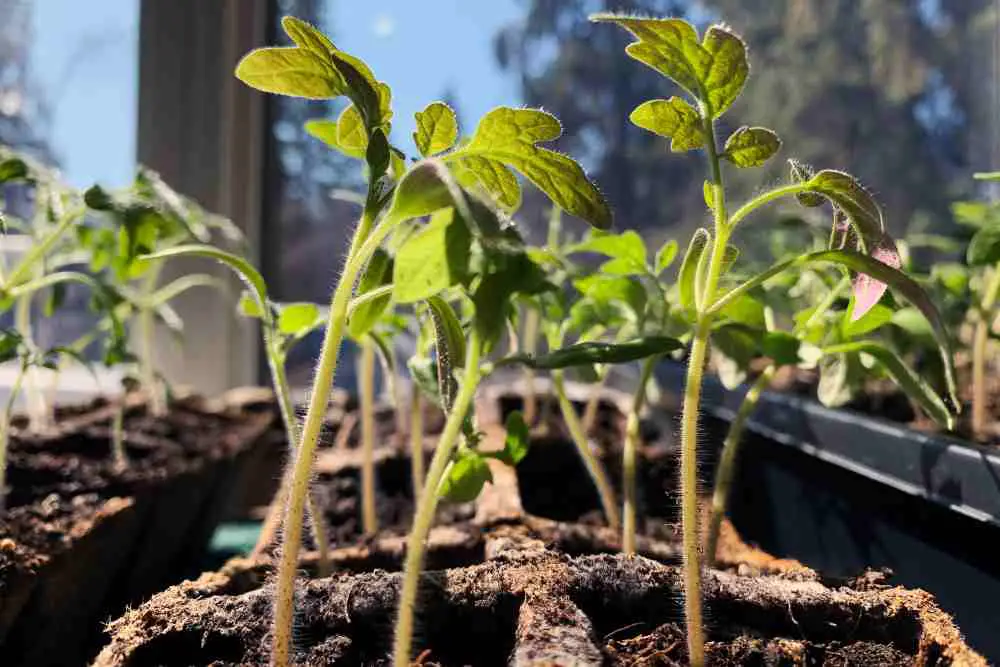
- Transplant tomato seedlings when they are 4-6 weeks from emergence, approximately 10-12cm tall.
- Select healthy seedlings only.
- Transplant during the morning or evening (3:30 – 4:30 p.m.) when it is cool or on a cloudy day.
A land should be prepared for transplanting as soon as the seed is sown in the seedbed to decompose organic matter. First, plow the land and dig with a hoe up to 20 cm deep. Then apply well-decomposed organic manure at 10 to 20t/hectare 3 weeks before transplanting and mix well with the soil.
Construct furrows spaced at 1m apart if irrigation is to be used. If irrigation is to be provided using watering cans, make long raised flatbeds with a width of 1m. Raised beds can ensure good drainage and aeration, especially in the rainy season. Water the furrows or beds thoroughly. Make a hole 10 cm in diameter and 10 cm deep; as fertilizer, mix 1/2 cup of limestone and two handfuls of compost with the soil removed and refill the hole with the mixture.
Place one seedling in each planting hole. It’s important to apply wood ash after transplanting to protect transplants against ants and termites. It also acts as a fertilizer supplying potash, which is responsible for fruit quality. In the absence of rain, water tomato seedlings immediately after transplanting and twice daily. When tomato plants are fully established, water once every seven days but increase watering from flowering onwards.
Cultural Practices
- Plant varieties that are resistant to diseases. Practice mixed cropping by planting different crops within the same plot. Control weeds growing as soon as you see them throughout the life of the crop. Practice crop rotation; Don’t plant a tomato or any member of the solanaceous family in the same spot continuously. Members of this solanaceous family include tomato, melongene, and pepper. After growing tomatoes, plant a crop from another family, such as lettuce or cabbage.
- Stake tomato plants as their stems are weak and grow along the ground. Stakes should be provided with plants when preparing the growing medium at transplanting. Staking of tomato keeps the plant upright and prevents the soft fruits from lying on the dirt. Stakes should be at least 2 meters tall. Tomato plants can be individually staked, or if there are many plants grown together, they can be stacked in rows. Commercial tomato farmers often grow tomatoes in unheated greenhouses known as high tunnels. Tunnel keeps the leaves drier, which reduces leaf diseases that are very common problems, such as early blight and Septoria leaf spot.
- Pest and Disease Control
- Natural pesticides are recommended for use in the home garden. Use beneficial insects to help control pests and diseases that affect tomatoes, such as ladybird beetles, spiders, and dragonflies.
- Harvesting
- Harvest tomato fruits when they are mature. When tomato fruits have changed their color from green to red streaks, they have lost their shine, and all grooves are filled. Do not harvest tomato fruits when they are wet or rainy because this can lead to rotting. It’s important to harvest the fruit with the stem attached to it, encouraging continued flowering. Hold the fruit and snap upwards because mature tomatoes will easily separate from the plant’s main stem.
- 15 Ingenious Kitchen Garden Ideas to Cultivate Freshness Right at Home - April 7, 2024
- 10 Top Picks Best Plants for Open Terrarium - April 2, 2024
- 21 Easy and Cheap Walkway Ideas for a Charming Garden - March 31, 2024

